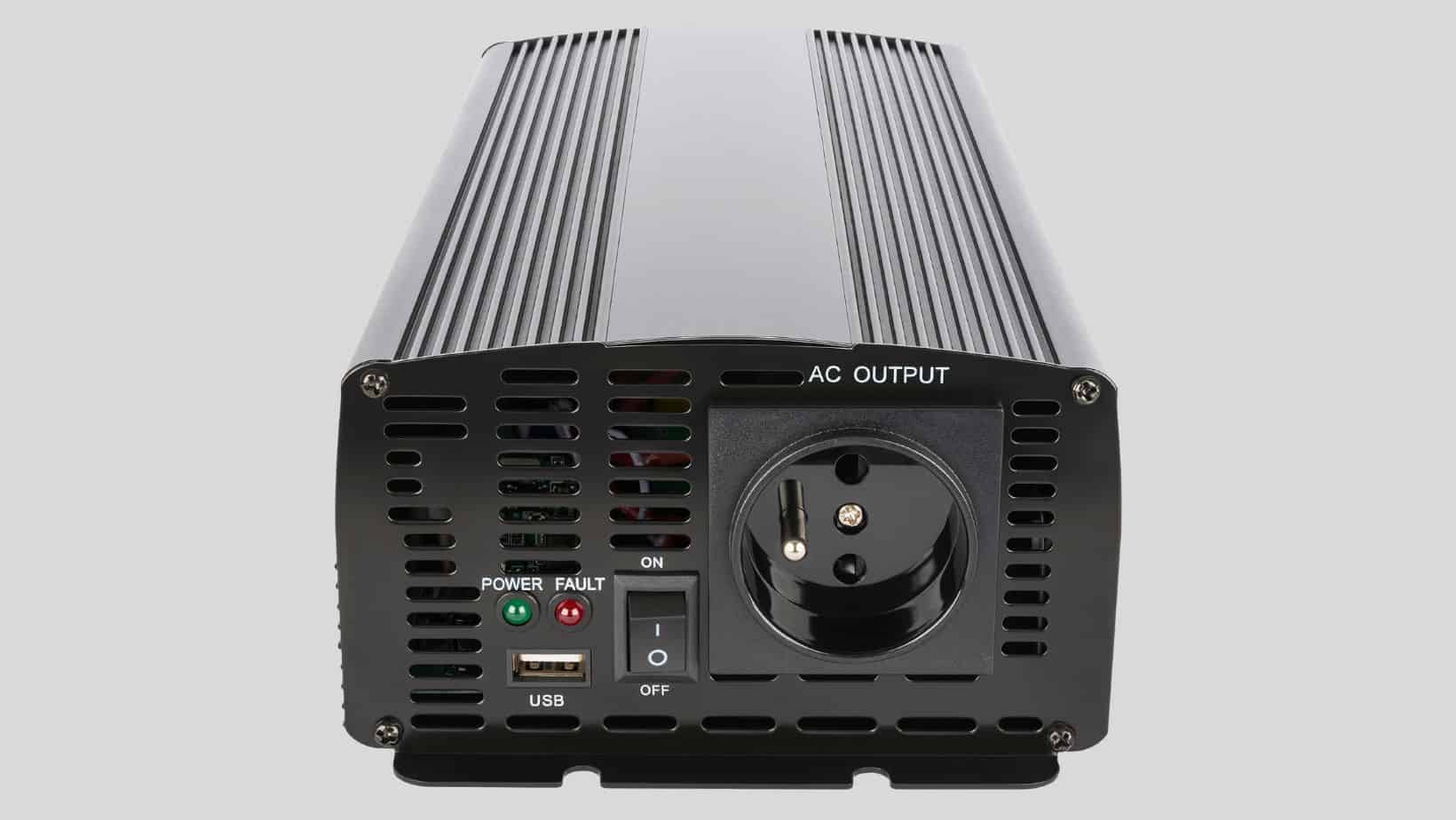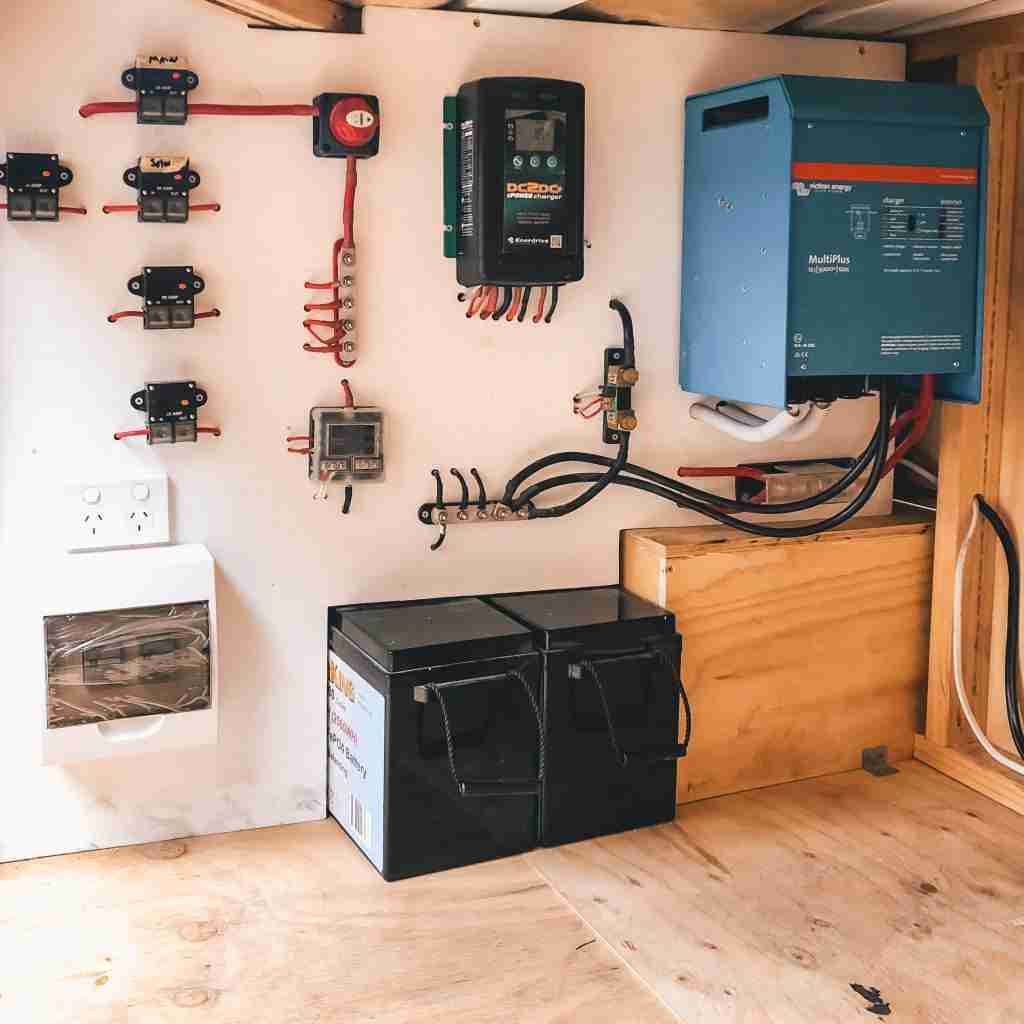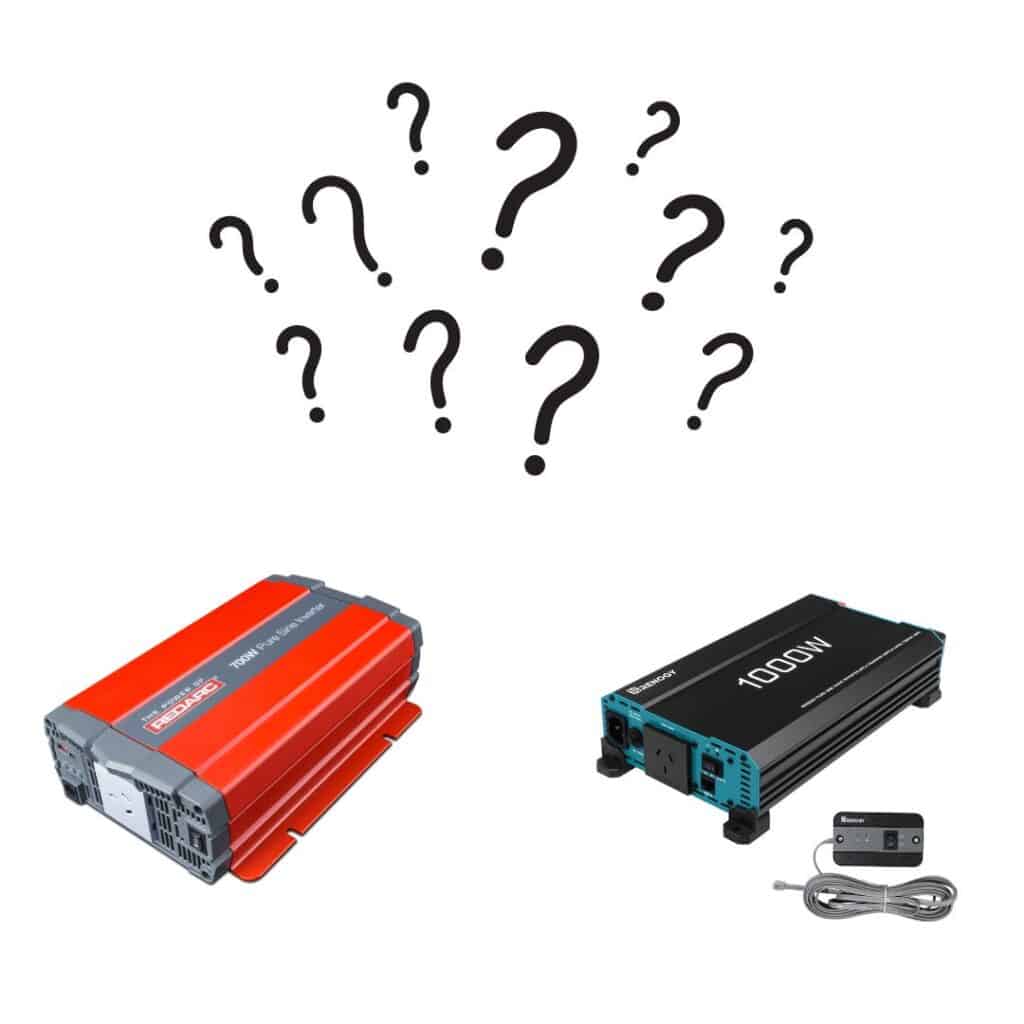
What Size Inverter Do I Need For My Campervan
What is an inverter and what does it do
A 12-volt inverter is a device that changes 12-volt direct current (DC) into alternating current (AC). This type of inverter is usually used in vehicles, such as campervans, trucks and boats, with deep cycle batteries.
The inverter changes the DC into AC so that it can be used to power devices that require AC, such as laptops and power tools. Some power inverters also have built-in USB ports so that they can directly charge devices such as phones and tablets.
Power inverters are rated by how many watts they can output. A 100-watt inverter, for example, can power a 100-watt device. The higher the wattage, the more expensive the inverter will be.
However, choosing an inverter that is powerful enough to handle the electronic devices you want to use is important. If an inverter is too small, it will overheat and shut down. Too large, you will be wasting money on an inverter that is more powerful than you need.
How to determine the power needs of your campervan
When it comes to planning your campervan build, one of the most important things to consider is how much power draw you will have. After all, you’ll want to ensure you have enough power to run all your essential appliances and gadgets while on the road. So how do you determine how much power you’ll need?
One of the best ways to start is by doing an energy audit of all the 240V power items you plan to use in your campervan. This will give you a good idea of your general power needs. For example, if you plan on using a microwave, kettle and portable air conditioners, you’ll need a more powerful 12v power inverter than if you’re only using it to charge a laptop.
Knowing your total power needs is important for 12v and 240v. It will determine your total battery bank amperage and determine how long you can be off-grid.

How to do an energy audit of your campervan

Start by listing all the 240v appliances and gadgets you plan on using in your campervan. Then, find the wattage of each item (this should be listed on the appliance or in the manual). Once you have the wattage, multiply it by how long you plan to use the appliances.
For example, if you plan on using a 1000-watt microwave for 5 minutes, that’s 1000-watts x 240V = 4.16 amps per hr. Next, calculate the amps per minute 4.16 Amps ÷ 60 mins = 0.0693 per min, so that’s 0.34 amps for 5 mins of use.
What are the general power needs for a campervan
Of course, every campervan build is different, and everyone uses their van differently, so it’s hard to say what the general power needs are.
It would be best to complete a full power audit of the 12v and 240v gadgets and appliances and think about roughly how long each one would be used in a day. This will help give you a good idea of the size of the battery bank and inverter size you’ll need.
How to calculate your total power needs
Once you have your total power needs, you’ll need to calculate the size of your battery bank and power inverter.
The size of your power inverter is determined by the wattage of your largest appliance multiplied by 1.5. So, if you have a 1000-watt microwave, you’ll need a 1500-watt power inverter.
Adding all of your appliances and gadgets to this calculator will give you a good idea of how big your deep cycle batteries need to be
Choosing the right inverter for your needs
When choosing an inverter for a campervan, there are a few things to consider. The first is the wattage. Inverters come in a range of wattages from 300 watts to 3,000 watts. The wattage you need will depend on the devices you want to use. If you only need to run small devices like laptops and phones, a 300-watt inverter will suffice. However, you’ll need a higher-wattage inverter if you want to run larger devices like microwaves and TVs.
The second thing to consider is the type of power output. Most inverters will have either modified sine wave technology or pure true sine wave output. A modified sine wave is fine for most devices, but if you’re running sensitive electronics like laptops or tablets, you’ll need a pure sine wave inverter.
Finally, make sure to choose an inverter with built-in safety features like thermal protection and short circuit protection. With so many options on the market, choosing the right inverter for your campervan can seem daunting. But by considering your needs and doing your research, you can find the perfect inverter for your next camping adventure.

How long does a 2000W Inverter last?
A 2000W Inverter can last anywhere from 1 hour to 8 hours, depending on how many watts are being drawn. For example, if you are only using 500W, then your Inverter will last 4 hours. However, if you are using the full 2000W, it will only last for 1 hour.
A number of factors can affect this number, including the type of battery being used, the strength of the charger, and the age of the inverter.
In addition, it is important to note that inverters are not 100% efficient, so some power will be lost during the conversion process.
As a result, it is always best to err on the side of caution and assume that the inverter will only last for four hours. If you need it to last longer, you can always invest in a higher-powered model.
Installation tips and advice
When it comes to choosing the right inverter for your campervan, it’s important to also consider the installation. Here are a few tips to help you get started:
1. Choose an inverter that’s easy to install. Many inverters come with mounting brackets and screws, so you can easily attach them to the wall or vehicle frame.
2. Make sure the inverter is easily accessible. You’ll need to be able to get to it quickly if there’s an issue or any maintenance.
3. Connect the inverter directly to the battery. This will help ensure that the power is clean and free of any interference.
4. Use thick, high-quality battery cables. Thin, low-quality cables can cause power loss and generate heat.
5. Keep the cable distance between the inverter and battery power as short as possible to minimize any voltage drop
6. Use fuses or circuit breakers to protect the inverter and your devices. This will help prevent damage in the event of a power surge.


